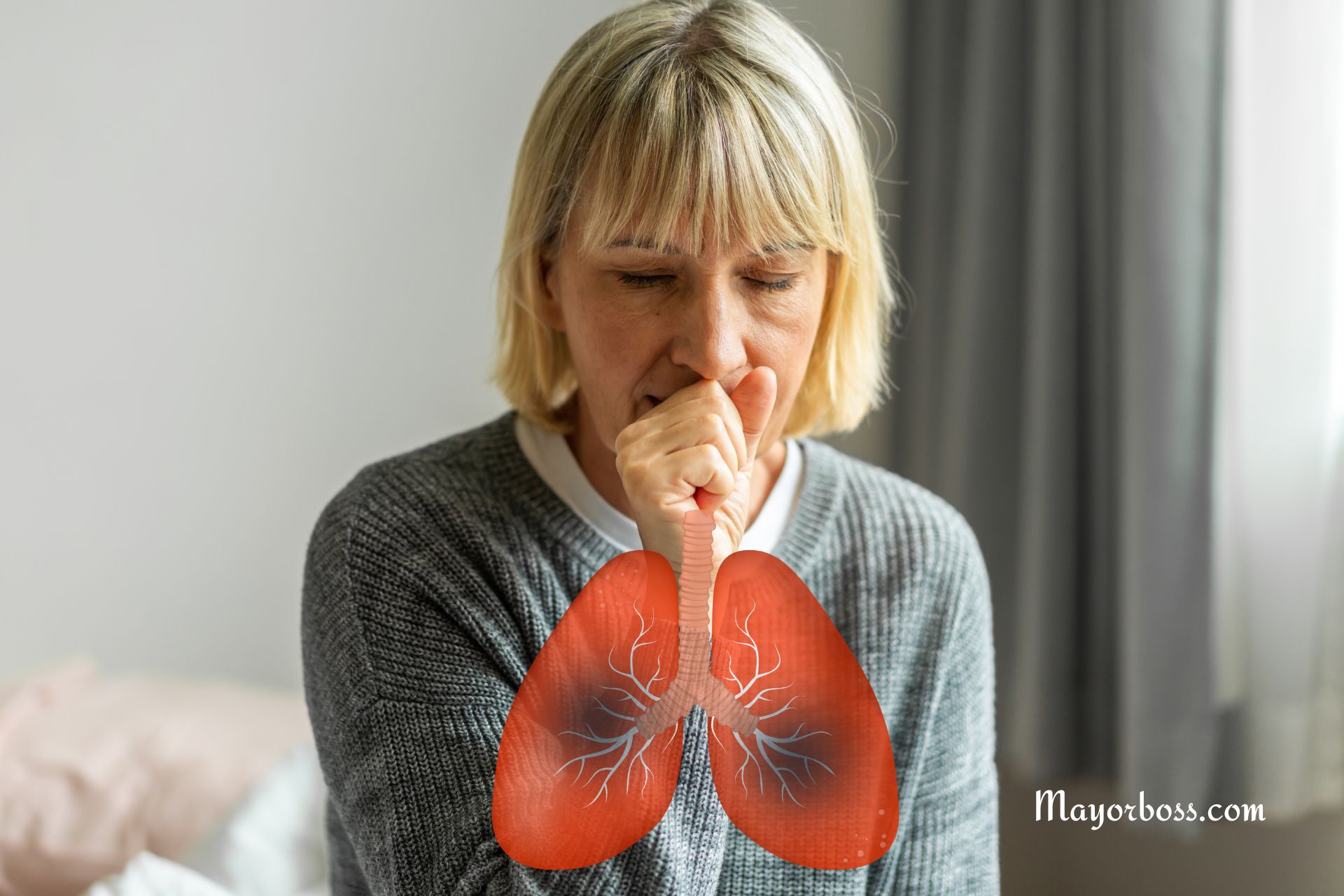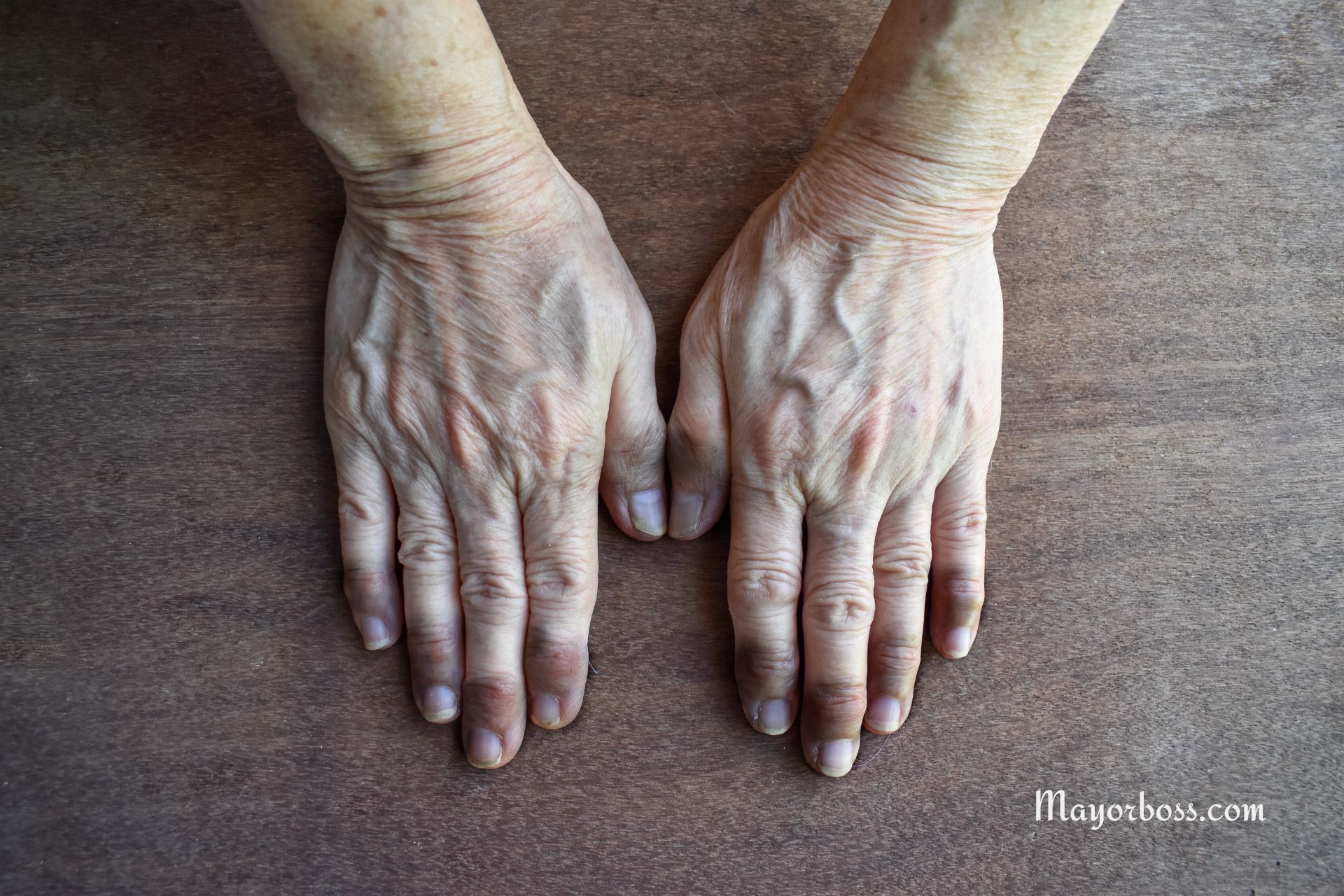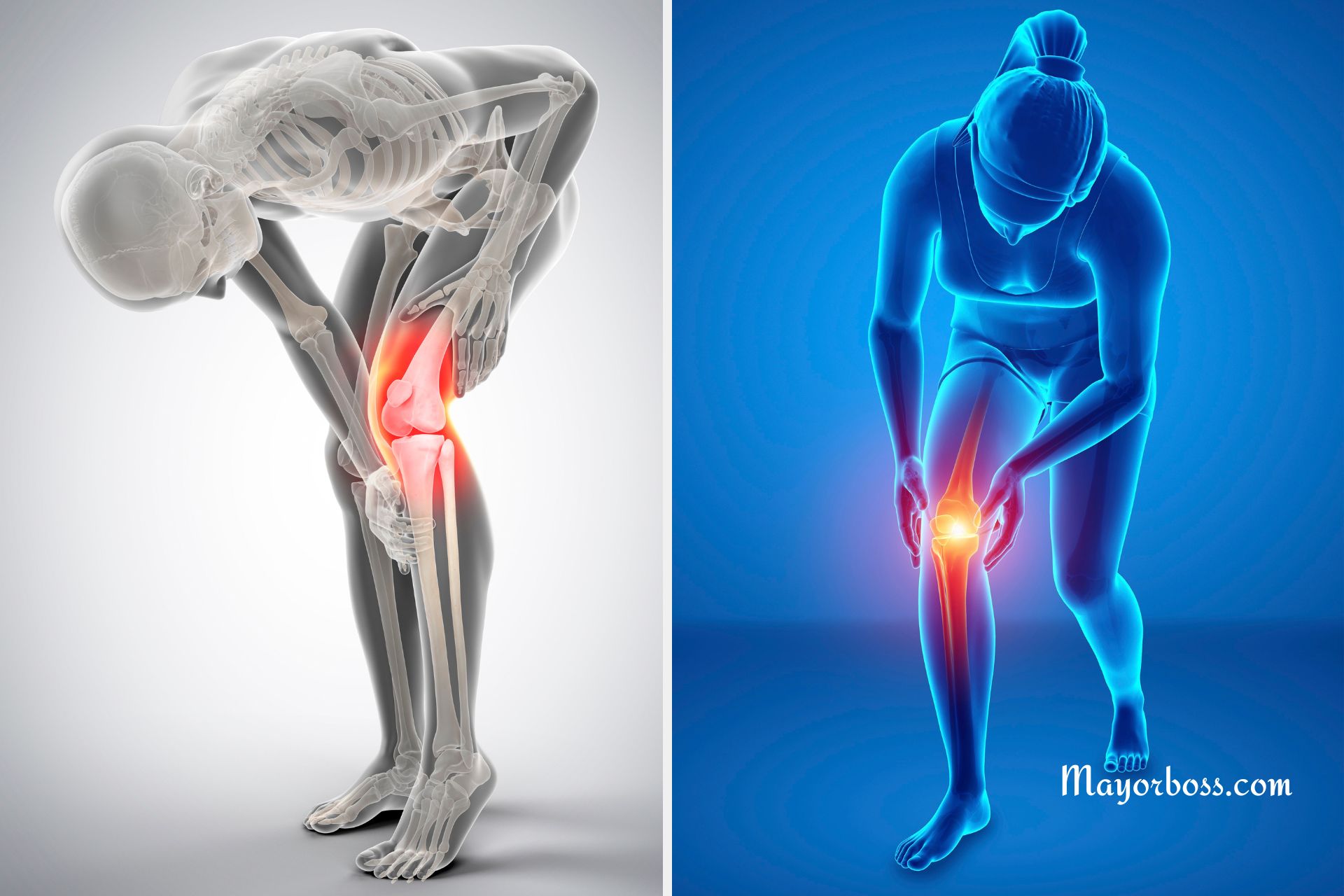Breast Infection (Mastitis)
Mastitis is a painful condition that involves inflammation of the breast tissue. This inflammation can sometimes be coupled with an infection, leading to swelling, redness, warmth, and discomfort in the affected breast. Let’s dive into more about what causes this condition, the common signs, and how it is treated.
What is Mastitis?
Mastitis is a breast infection commonly experienced by women who are breastfeeding, although it can occur in any woman, even those who are not breastfeeding or pregnant. It often occurs in the first few weeks after childbirth but can arise at any time during the breastfeeding period.
The condition is usually the result of bacteria entering the breast tissue through a cracked or sore nipple, leading to infection, inflammation, and often the formation of breast abscesses.
Symptoms of Mastitis
Symptoms of mastitis can appear suddenly. If you’re dealing with this condition, you might experience:
- Swelling or hardness of the breast
- Redness of the breast
- Warmth coming from the affected area
- Pain or burning sensation in the breast either continuously or while breastfeeding
- Flu-like symptoms, such as fever and chills
- Tiredness or feeling ill
Causes of Mastitis
The main cause of mastitis is often the result of a blocked milk duct that hasn’t cleared. Other times, the bacteria Staphylococcus aureus, found on normal skin, enters the breast tissue through a cracked or sore nipple.
Risk factors that can increase your chances of developing mastitis include:
- Infrequent breastfeeding or skipping feedings
- Poor latching by the baby
- Wearing a tight-fitting bra, which may restrict milk flow
- Stress and fatigue, which can impact your immune system’s ability to fight off infections
Diagnosing Mastitis
To diagnose mastitis, your healthcare provider, like myself, Dr. Anita Iroko, will examine your breasts and ask about your symptoms. If you have a fever and your breast is red and inflamed, it’s likely you have mastitis. In some cases, we may send a milk sample to a lab to identify the type of bacteria causing the infection.
Treatment for Mastitis
The primary treatment for mastitis is antibiotics. It’s essential to complete the entire course of treatment to ensure the infection is fully eradicated. In addition, you can use over-the-counter pain relievers, such as ibuprofen, to reduce pain and inflammation.
Continuing to breastfeed or pump milk can help clear the blockage and alleviate symptoms. If the condition is caused by a blocked milk duct, warm compresses can be used before feeding to improve milk flow.
If mastitis is left untreated, a painful abscess (collection of pus) may form in the breast tissue, requiring surgical drainage. Therefore, it’s crucial to seek medical advice as soon as you suspect you may have this condition.
Preventing Mastitis
Prevention is always better than cure. Here are some ways to prevent mastitis:
- Ensure your baby latches onto the breast properly during feeds.
- Avoid long periods between feeds.
- Try to vary breastfeeding positions.
- Treat cracked nipples promptly.
- Maintain good hygiene to prevent bacteria from entering through the nipple.
- Rest and stay hydrated to keep your immune system functioning well.
When to See a Doctor
If you’re experiencing any of the symptoms of mastitis, it’s essential to seek medical attention promptly to avoid complications, such as an abscess. Remember, mastitis is a common issue that many women face, so there’s no need to be embarrassed. Your healthcare provider is there to help you and ensure you get the treatment you need.
Further Reading: 7 Reasons You Have Sore Breasts






